What Are The Seven Abbott World Marathon Majors?
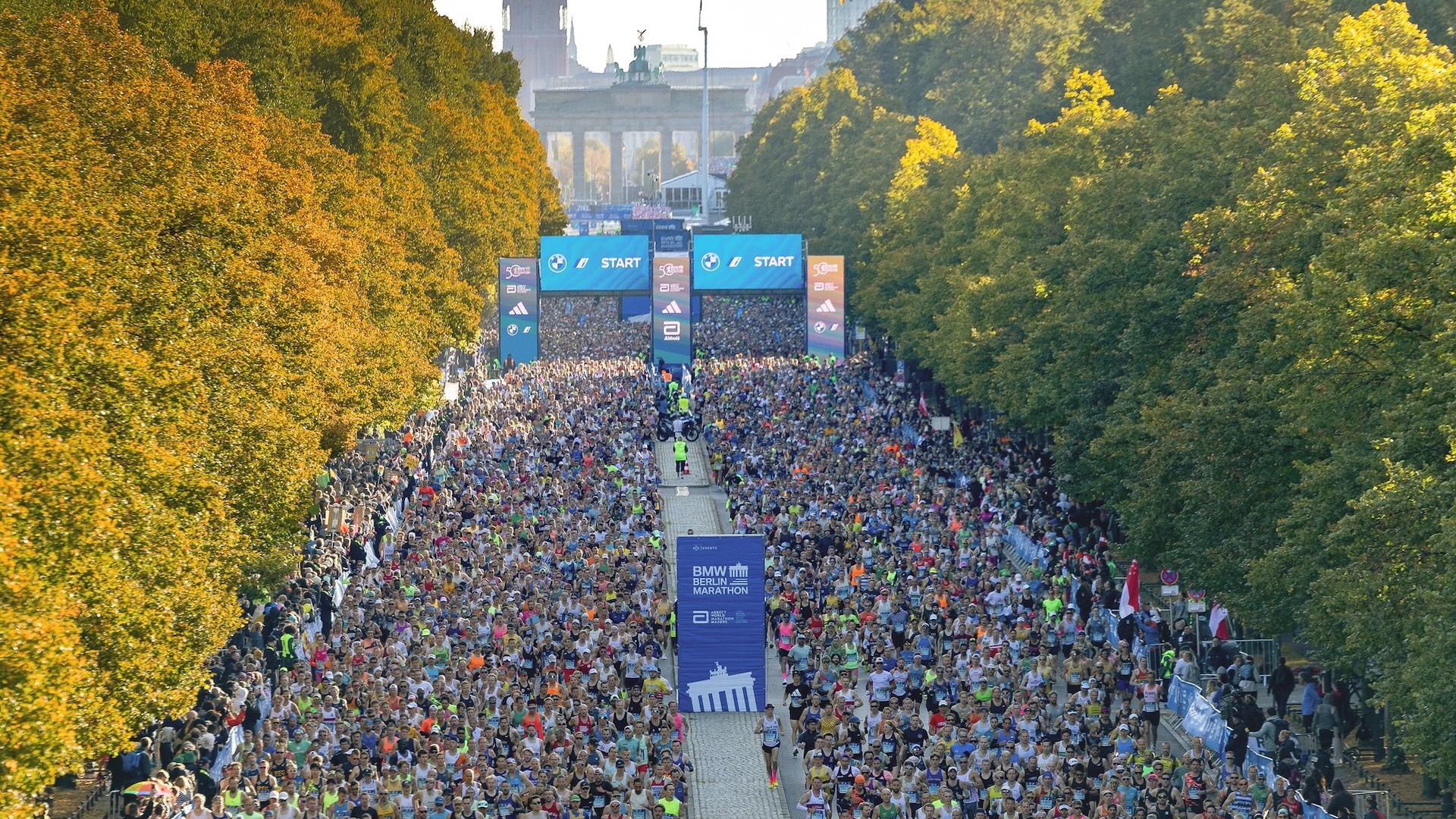
They’re the biggest and most famous marathons in the world, but what are the Abbott World Marathon Majors and what’s Major about them?
WHAT ARE THE ABBOTT WORLD MARATHON MAJORS?
In 2006, the marathons of Boston, London, Berlin, Chicago and New York City united to “collectively present the top echelon in the sport of marathon running,” calling themselves the World Marathon Majors. Tokyo was added as the sixth Major in 2013. In 2025, Sydney becomes the seventh Marathon Major.
The seven races now combine as the Abbott World Marathon Majors. Every runner who completes the six original Majors gets a Six Star Medal. Over 17,000 people have completed all six Marathon Majors.
With the addition of the Sydney Marathon from 2025, runners can work towards a new Nine Star medal which will be introduced when there are nine Marathon Majors.
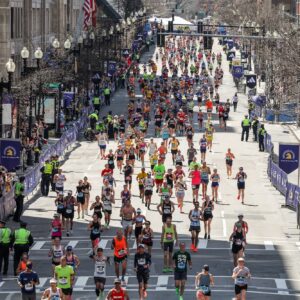
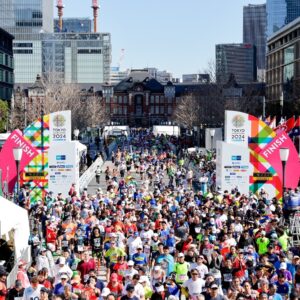
WHAT’S SPECIAL ABOUT EACH MARATHON MAJOR?
Tokyo Marathon is the year’s first Major, and it takes place in a country obsessed with long distance running, making the Tokyo Marathon a wonderful cultural running experience. The course features four out-and-back sections, so you’re often running parallel to others going in the opposite direction. There’s a lot of support on the course, but it’s not as loud and in your face as the U.S. Majors. It can be hard to get into, and most international runners go via a charity place or sports tour.
Boston Marathon is the oldest marathon in the world, having started in 1897 inspired by the inaugural Olympic Marathon of the year before. It’s a point to point run starting in Hopkinton and passing through six more towns on the way to a finish line in downtown Boston, where it feels like the whole city is rooting for you. It features one of the most notorious landmarks in world marathons: Heartbreak Hill, the last of four significant climbs, known as the Newton Hills. Around 30,000 runners take part, and most have had to achieve a qualifying standard to get in.
London Marathon is consistently the global event which raises the most money for charity in a single day, thanks to thousands of runners who support hundreds of different charities. That makes London one of the most colourful and supportive city marathons, with so many runners taking part for important causes. It’s a sightseeing tour of the city from Greenwich, leading you over Tower Bridge just before halfway, around Canary Wharf, then past the Tower of London and along the Thames towards Big Ben and the Houses of Parliament, with a finish in front of Buckingham Palace.
Sydney Marathon was a legacy from the 2000 Sydney Olympics, and first run in 2001. Since 2022 it has grown significantly as it’s worked towards becoming a Major. It has the greatest elevation of all the Majors, with significant rolling hills throughout, but it also has one of the most spectacular courses, with runners crossing the Sydney Harbour Bridge early in the race and then finishing in front of the Sydney Opera House.
Berlin Marathon is the fastest marathon in Europe, and has seen lots of world records set there. With the marathon seasons split between the spring races of Tokyo, London and Boston, and the autumn races in Sydney (technically spring locally), Berlin, Chicago and New York, the world’s elites are eager to be in Germany’s capital where they know the wide streets, flat course and typically good weather make for great chances to run personal bests. But it’s a race that’s great for all runners, not just the fastest.
Chicago Marathon is where the men’s and women’s world records have been set in the marathon, so it’s proven to be a very fast course, and faster runners often pick between running Berlin or Chicago. Starting in Grant Park, the race runs through 29 of the city’s neighbourhoods, with each bringing distinctive sights and sounds, while close to two million spectators come out on the streets to cheer runners along.
New York City Marathon is a run that connects the five boroughs of the city. From Staten Island and over the Verrazano-Narrows Bridge, the race goes into Brooklyn, Queens, Manhattan, up into the Bronx, then back down to a finish in Central Park. There are five bridges, and each is a hill to go up and over, which makes NYC a slower course than others, but being out there a little longer isn’t so bad because many runners call it the race with the best crowd support.
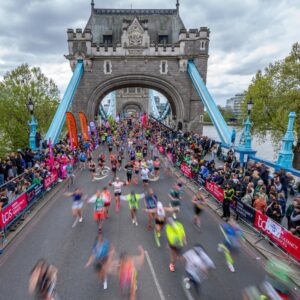
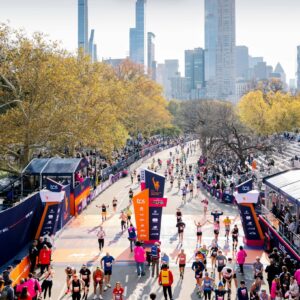
WHEN DO THE MARATHON MAJORS TAKE PLACE IN 2025?
For 2025, the Marathon Major schedule is:
- Tokyo Marathon: Sunday 2 March 2025
- Boston Marathon: Monday 21 April 2025
- London Marathon: Sunday 27 April 2025
- Sydney Marathon: Sunday 31 August 2025
- Berlin Marathon: Sunday 21 September 2025
- Chicago Marathon: Sunday 12 October 2025
- New York City Marathon: Sunday 2 November 2025
WILL THERE EVER BE MORE MAJOR MARATHONS?
Yes, there will! In fact, there will be nine Marathon Majors in the near future – which could be as early as 2027.
In 2022, the marathons of Sydney, Cape Town and Chengdu were announced as candidate races to become Marathon Majors. Sydney passed its two assessments and was added as a Major for 2025.
In 2024, Shanghai Marathon replaced Chengdu as China’s candidate race, while the Cape Town Marathon continued to be assessed as it looks to pass its first assessment.
HOW DO YOU RUN THE WORLD MARATHON MAJORS?
We’ve covered exactly how to get into the World Marathon Majors here.
Most races are primarily entered via a ballot/lottery. There are also qualifying times for faster runners at most races, charity places, or you can run with a sports tour operator.
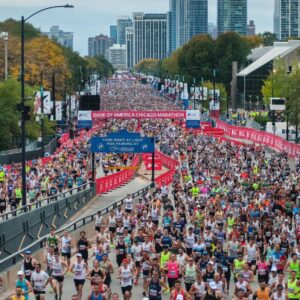
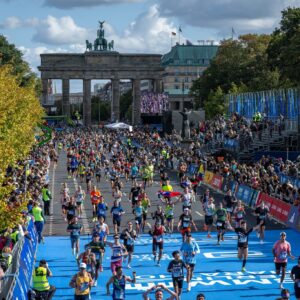
ARE THE WORLD MARATHON MAJORS FAST?
Some of them are very quick! Both the men’s and women’s marathon world record were run at the Chicago Marathon where Kelvin Kiptum ran 2:00:35 in 2023 and Ruth Chepngetich ran 2:09:56 in 2024.
Berlin, London, Tokyo and Chicago are all flat courses where elites and amateurs run very fast times.
Boston, New York and Sydney are hilly races, so they tend to be slower overall, with championship-style racing that’s more technical than chasing fast times, though it’s still possible to run personal bests there (if you like running up and down hills!).
Here are the course records for the Marathon Majors.
DO YOU NEED TO BE FAST TO RUN THE MAJOR MARATHONS?
No, you don’t!
Most of the Majors have a course limit of at least six hours, and if we compare the number of major marathon finishers who run sub-three with the number of runners who take more than five hours, then significantly more take over five hours.
At the 2024 London Marathon, 3,747 people ran sub-3 while 15,009 ran over five hours. The numbers were similar at the 2024 Chicago Marathon where there were 3,356 sub-3 finishers and 12,289 ran for over five hours.
The average finish time at the 2024 London Marathon was 4:11 for men and 4:49 for women, while at Chicago Marathon it was 4:04 for men and 4:35 for women (non-binary times are close the women’s average in both races).
HOW MANY PEOPLE RUN THE MARATHON MAJORS?
The major marathons are getting bigger and bigger each year, with London, Berlin, Chicago and New York all having over 50,000 finishers. Tokyo has around 38,000 finishers and Boston caps their runners at around 30,000. Sydney Marathon predicts around 35,000 runners for their first race as a Major in 2025.
***
Here’s Sarah, Andy and Rick talking all about the Marathon Majors!

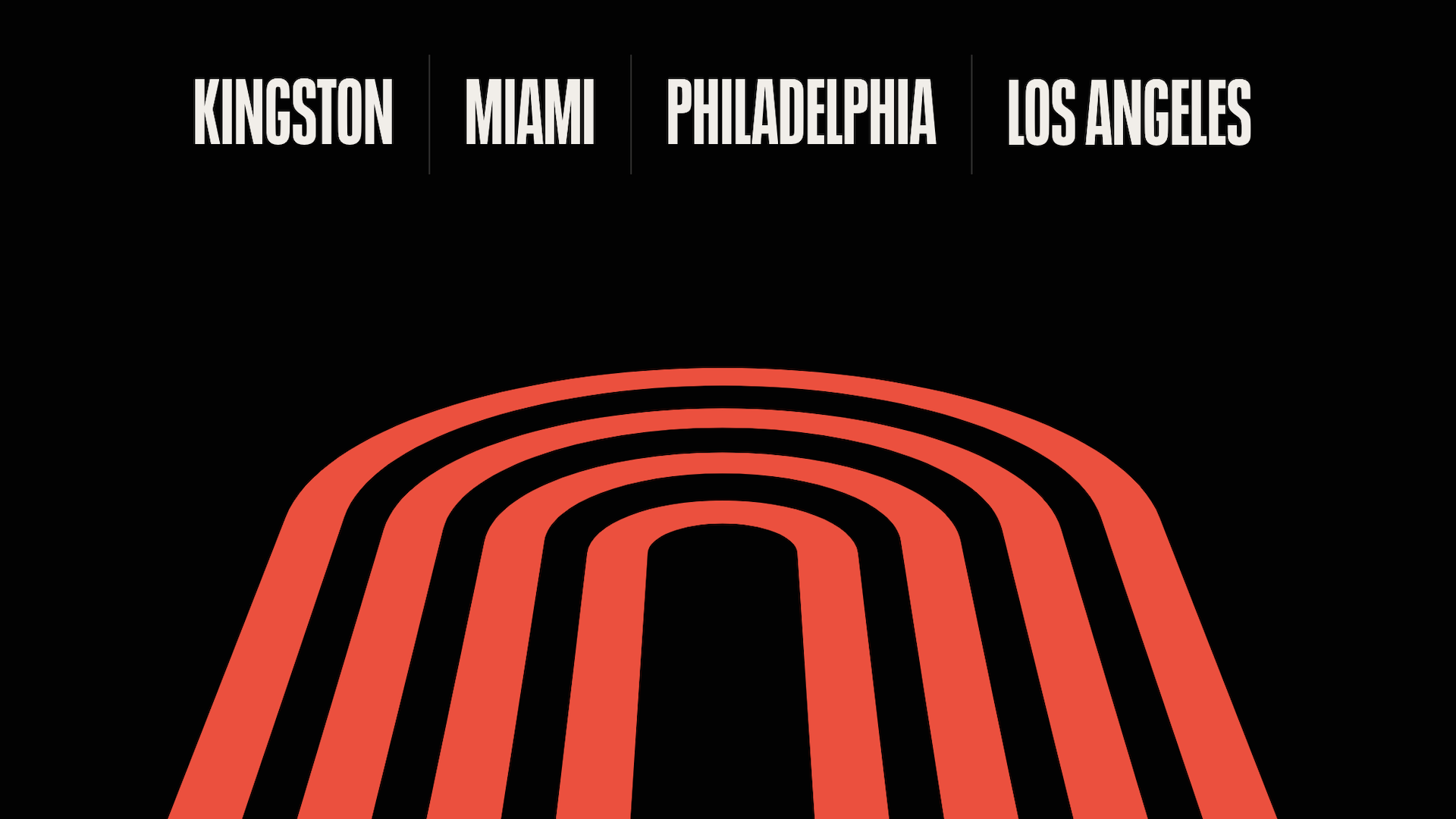


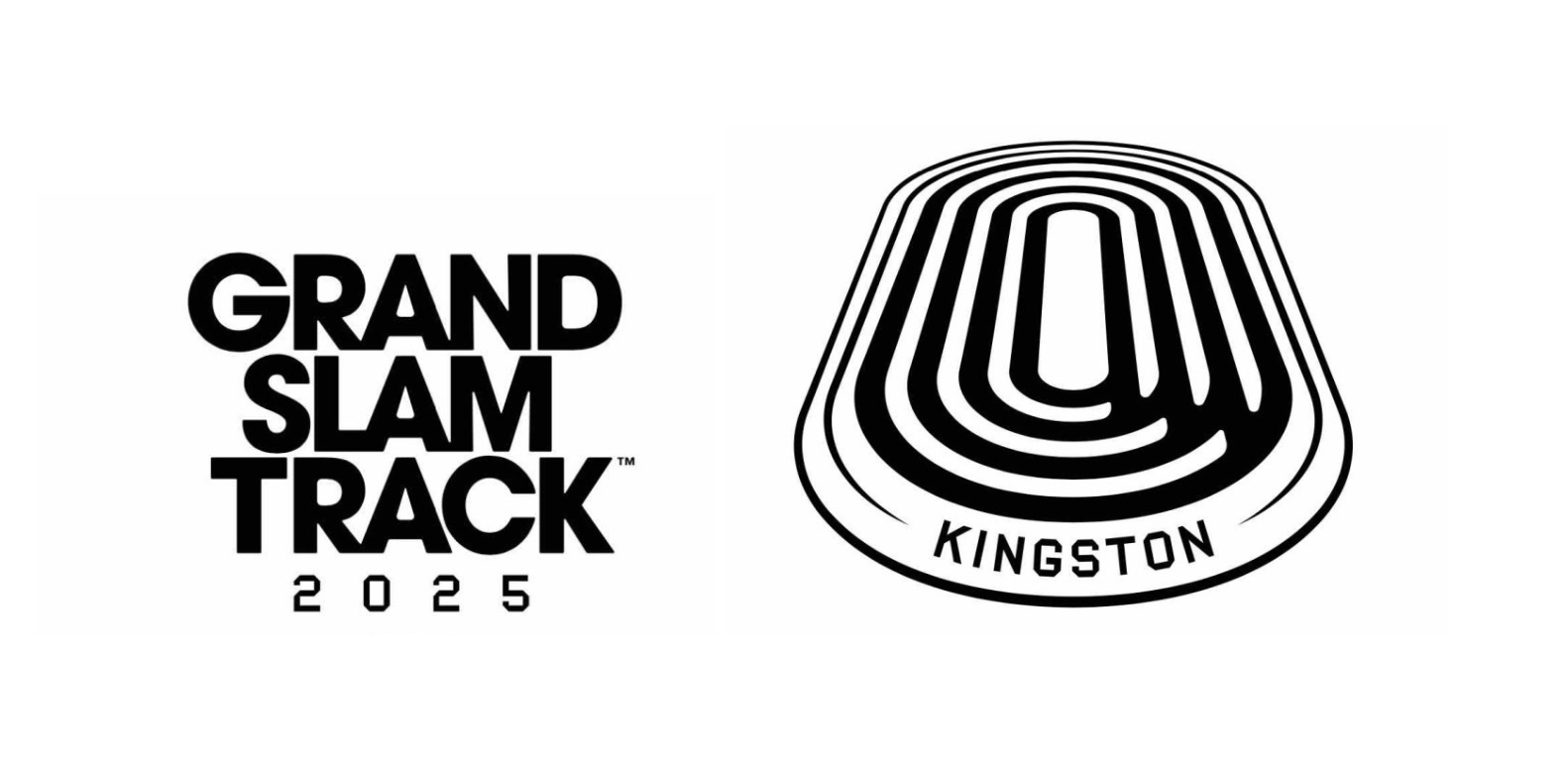























Running News
Ingebrigtsen Stars at World Athletics Indoor Championships 2025 – Plus All The Winners!
Sam Ruthe Is First 15-Year-Old To Run A Four-Minute Mile!
Eliud Kipchoge Will Run The 2025 Sydney Marathon!